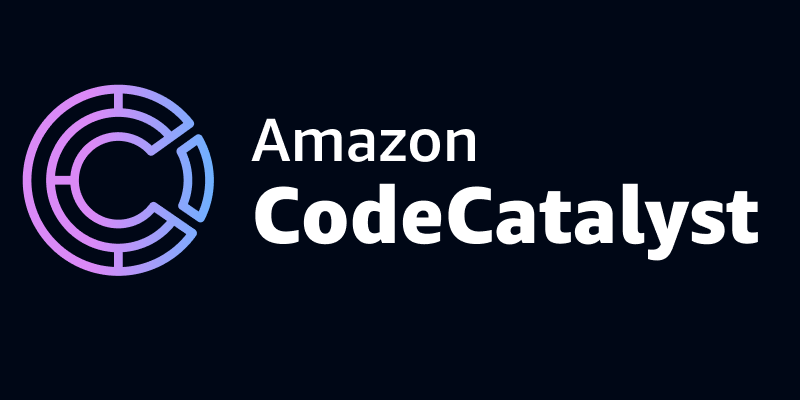Unveiling the Power of Amazon CodeCatalyst in AWS
 Sumit Mondal
Sumit Mondal
Introduction:
In the ever-evolving landscape of cloud computing, Amazon Web Services (AWS) continues to lead the way in providing innovative solutions for developers. One such tool that has gained prominence is Amazon CodeCatalyst. If you're new to AWS or looking to enhance your development experience, this blog will guide you through the basics of using Amazon CodeCatalyst in a simple and easy-to-understand manner.
Understanding Amazon CodeCatalyst:
Amazon CodeCatalyst is a service within AWS designed to accelerate application development by providing a pre-configured development environment. It allows developers to quickly set up coding environments without the need for manual configuration, saving time and effort.
Getting Started:
Accessing CodeCatalyst:
Log in to your AWS Management Console.
Navigate to the CodeCatalyst service.
Creating an Environment:
Click on the "Create environment" button.
Choose a template that best suits your development needs. CodeCatalyst offers templates for various programming languages and frameworks.
Configuring Environment Settings:
Provide a name for your environment.
Select the instance type and size based on your project requirements.
Customize other settings like networking options and permissions.
Launching the Environment:
Once configured, click on the "Launch environment" button.
AWS will provision the resources, and your development environment will be ready shortly.
Using the CodeCatalyst Environment:
IDE Access:
Amazon CodeCatalyst provides an integrated development environment (IDE) accessible through your web browser.
Access the IDE by clicking on the provided URL.
Coding in the Cloud:
Begin coding directly within the IDE. It comes pre-loaded with popular programming tools and libraries.
Save your work regularly, and CodeCatalyst automatically backs up your environment.
Collaboration Features:
CodeCatalyst supports collaboration, allowing multiple developers to work in the same environment simultaneously.
Share your development environment with team members easily.
Version Control Integration:
- Seamlessly integrate with version control systems like Git for efficient code management.
Benefits of Amazon CodeCatalyst:
Rapid Development:
- CodeCatalyst eliminates the need for manual setup, enabling developers to start coding instantly.
Cost-Effective:
- Pay only for the resources you use, making it a cost-effective solution for development environments.
Scalability:
- Easily scale your development environment based on project requirements.
Security:
- CodeCatalyst environments run in a secure AWS infrastructure, ensuring the safety of your code and data.
Conclusion:
Amazon CodeCatalyst simplifies and accelerates the development process for AWS users, making it an invaluable tool for developers. By providing pre-configured environments and collaboration features, CodeCatalyst empowers developers to focus on writing code rather than dealing with infrastructure setup. Incorporate CodeCatalyst into your AWS toolkit, and experience a streamlined and efficient development workflow. Happy coding!
Subscribe to my newsletter
Read articles from Sumit Mondal directly inside your inbox. Subscribe to the newsletter, and don't miss out.
Written by

Sumit Mondal
Sumit Mondal
Hello Hashnode Community! I'm Sumit Mondal, your friendly neighborhood DevOps Engineer on a mission to elevate the world of software development and operations! Join me on Hashnode, and let's code, deploy, and innovate our way to success! Together, we'll shape the future of DevOps one commit at a time. #DevOps #Automation #ContinuousDelivery #HashnodeHero